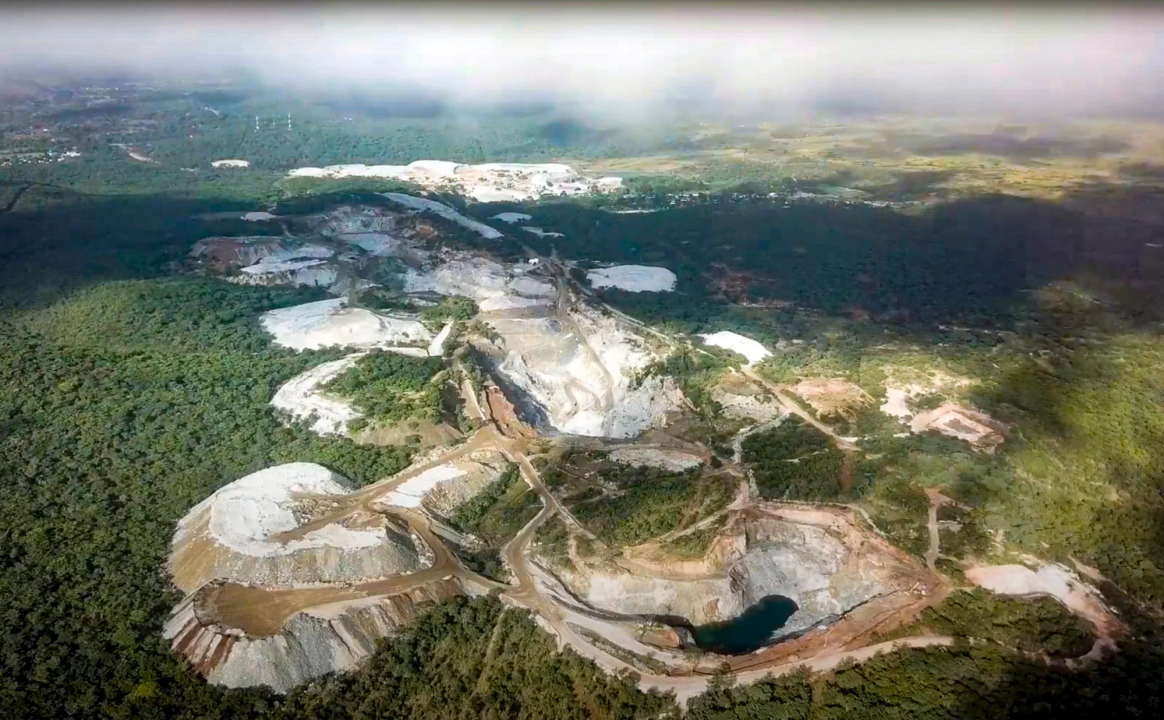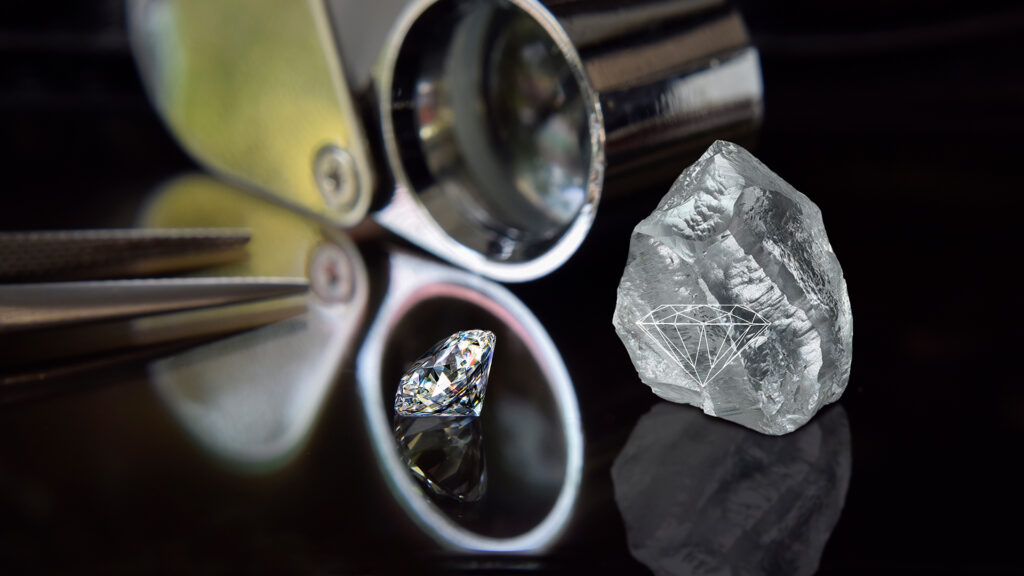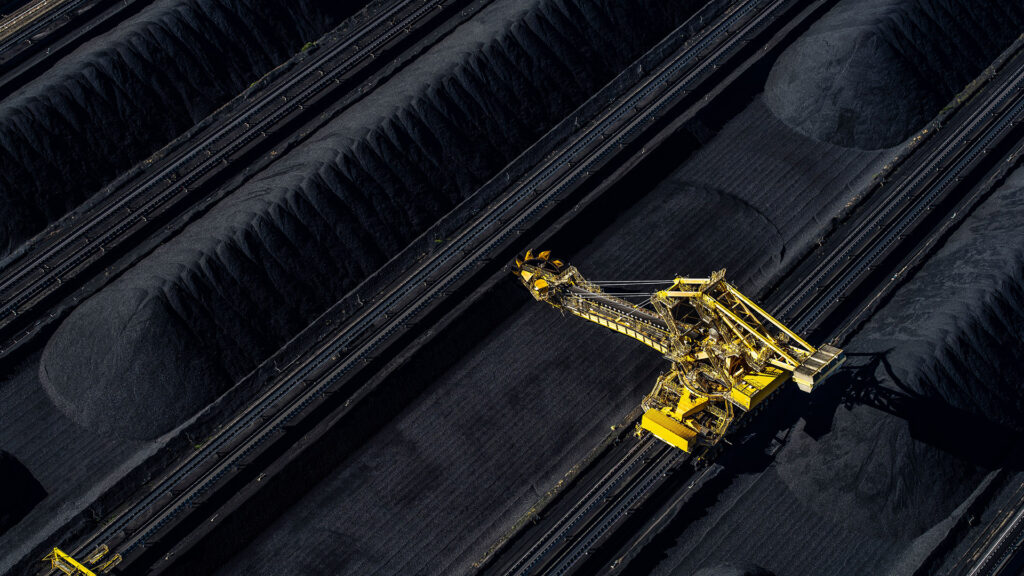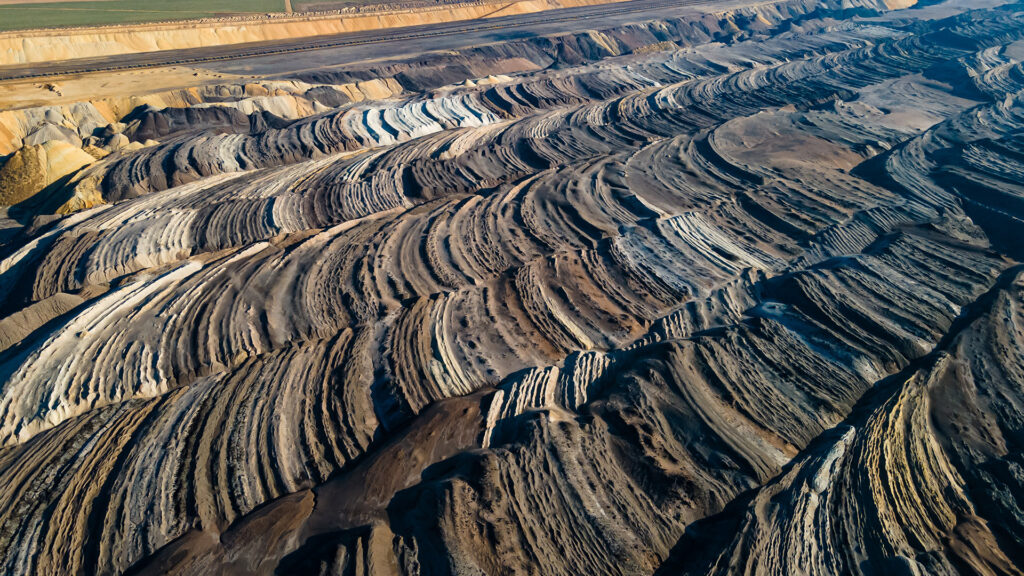|
Getting your Trinity Audio player ready...
|
Thanks to its vast lithium reserves and increasing investments in mining and processing facilities, Africa is emerging as a key player in the global lithium supply chain.
As demand for lithium skyrockets due to its critical role in electric vehicle (EV) batteries and renewable energy storage, several African nations are ramping up production. The increasing demand has led to countries like Zimbabwe and Namibia beginning to export lithium ore, highlighting the region’s importance in meeting global needs.
Here’s a look at the top lithium projects on the continent that are set to shape the future of global energy.
Overview of Lithium Mining in Africa
Africa is home to several notable lithium mines and projects, with countries like Zimbabwe, Namibia, Ghana, the Democratic Republic of Congo, and Mali possessing commercial quantities of this critical resource.
The continent’s lithium mining industry is gaining global attention due to surging demand for lithium-ion batteries, which power electric vehicles and store renewable energy. With global markets turning to more sustainable energy sources, lithium has become an essential mineral for the green transition.
Initial capital investment is crucial for the development of lithium mining projects across Africa. For instance, the Ewoyaa lithium project in Ghana requires a $125 million investment, while the Goulamina lithium project in Mali exceeds $320 million. These investments are vital for project viability and operational success.
Africa is expected to play a major role in meeting the growing global demand for lithium, and multiple projects across the continent are in various stages of development and expansion. As a result, Africa’s lithium mining sector is poised for significant growth, making it a hotspot for foreign investment and technological advancement.
Leading Lithium Projects and Key Players
The Arcadia Lithium Project in Zimbabwe stands out as one of the world’s largest hard rock lithium resources, boasting measured reserves of 42.3 million tons. The project is backed by Zhejiang Huayou Cobalt, a major Chinese investor looking to scale up annual production to 4.5 million tons of ore and 50,000 tons of lithium carbonate equivalent.
In the Democratic Republic of Congo, the Manono Lithium Project is projected to be a global leader, targeting the production of 700,000 tons of high-grade lithium per year over its expected 20-year lifespan. This project underscores the immense potential of the DRC as a cornerstone in the global lithium market.
Meanwhile, in West Africa, Ghana’s Ewoyaa Lithium Project is set to make history as the first lithium-producing mine in the country. With an estimated mineral resource of 35.3 million tons grading 1.25% Li₂O, this project represents a key milestone in Ghana’s emergence as a player in the lithium sector.
These projects are expected to produce significant quantities of lithium concentrate. For example, the Karibib Lithium Project and the Uis mine in Namibia are notable for their substantial production volumes, which are crucial for the battery market and global lithium supply.
Major mining companies involved in these ventures include Leo Lithium, Jiangxi Ganfeng Lithium, and Atlantic Lithium. These companies are helping to build the infrastructure and expertise needed to turn Africa into a lithium production powerhouse.
Additionally, Chinese companies have heavily invested in Africa’s lithium-rich zones—particularly in Zimbabwe and Namibia—signaling strong international interest and competition for the continent’s lithium resources.
1. Arcadia Lithium Project, Zimbabwe

Location: 38 km east of Harare, Zimbabwe
Reserves: 42.3 million tons of measured lithium reserves
Ownership: Zhejiang Huayou Cobalt (China)
Investment: $300 million
The Arcadia Lithium Project, with its significant lithium deposits, is a high-potential mine that is set to become a crucial lithium source in Zimbabwe. Zhejiang Huayou Cobalt, a major Chinese mining firm, acquired the project and is investing $300 million to establish mining operations and a processing plant. With an annual target of 4.5 million tons of ore and 50,000 tons of lithium carbonate equivalent, Arcadia will be a key supplier in the global lithium market.
2. Bikita Minerals, Zimbabwe

Location: Masvingo Province, Southern Zimbabwe
Reserves: The world’s largest-known lithium deposit (~11 million tons)
Ownership: Sinomine Resource Group (China)
Investment: $200 million
Bikita Minerals is one of the world’s most significant lithium sources, with a long history of lithium extraction. Sinomine Resource Group acquired the mine in 2022 for $200 million, further expanding operations.
Historically known for its spodumene and petalite production, Bikita is poised to play a major role in Africa’s lithium export market. The production of lithium ore at Bikita Minerals is significant in the global market, contributing to the growing demand for renewable energy technologies.
3. Manono Lithium Project, Democratic Republic of the Congo (DRC)

Location: Tanganyika Province, Southern DRC
Reserves: 401 million tons grading 1.65% Li₂O (One of the world’s largest pegmatite deposits)
Ownership: AVZ Minerals Limited & La Congolaise d’Exploitation Minière SA
Investment: $545.5 million
The Manono Lithium Project in DRC is among the largest lithium-rich deposits globally. With an expected 700,000 tons of high-grade lithium production per year, this project will have a 20-year mine life. AVZ Minerals and La Congolaise d’Exploitation Minière SA are developing this massive deposit, which will significantly impact the global supply chain of battery-grade lithium.
As part of the Manono Lithium Project, the establishment of a lithium processing plant will leverage local lithium resources, creating jobs and boosting the industrial capacity of the region. This development is significant for the local economy, although it also raises concerns about foreign ownership and its impact on local communities.
4. Goulamina Lithium Project, Mali

- Location: 150 km from Bamako, Mali
- Reserves: 142.3 million tons at 1.38% Li₂O
- Ownership: Leo Lithium & Jiangxi Ganfeng Lithium (China)
- Investment: $320 million
The Goulamina Lithium Project, developed through a partnership between mining companies Leo Lithium and Jiangxi Ganfeng Lithium, is Mali’s largest lithium development and is projected to start production in the first half of 2024.
The project’s spodumene concentrate output will further bolster Africa’s lithium supply for global battery production. Given its 21-year mine life, Goulamina will be a long-term contributor to the EV market.
5. Ewoyaa Lithium Project, Ghana

Location: Ghana
Reserves: 35.3 million tons at 1.25% Li₂O
Ownership: Atlantic Lithium
Production Start: Late 2024
The Ewoyaa Lithium Project is set to be Ghana’s first lithium-producing mine. With an expected 12.5-year mine life, this project is a major milestone for Ghana’s mining industry. Backed by Atlantic Lithium, Ewoyaa’s production is strategically positioned to meet growing European and American battery-grade lithium demands.
Lithium Production and Exports
While Africa accounts for about 5% of global lithium resources, its share in production is rapidly expanding, led by countries like Namibia, Mali, the DRC, and Ghana. Among them, Zimbabwe is poised to dominate the continent’s output in 2024, with estimates suggesting it will contribute approximately 80% of Africa’s lithium production. This surge is supported by over $1.4 billion in investments from Chinese companies, highlighting Zimbabwe’s central role in the global lithium landscape.
Namibia is also emerging as a strong contributor, expected to produce about 17% of Africa’s lithium in 2024. The country’s lithium-rich pegmatites are attracting significant exploration and development efforts, aligning with its strategy to become a key player in the global battery supply chain.
In a bid to retain more economic value, several African nations—most notably Namibia and Zimbabwe—have introduced bans on the export of unprocessed lithium. These policies aim to encourage local beneficiation and value addition, fostering domestic industries and creating employment opportunities while enhancing export revenues.
Challenges and Opportunities
Despite the promise, Africa’s lithium boom comes with challenges. The rush to capitalize on this critical mineral has the potential to fuel corruption and environmental, social, and governance (ESG) concerns. Poor oversight, weak institutional frameworks, and lack of community engagement could hamper the long-term sustainability of the sector if not managed responsibly.
However, the opportunities are substantial. With the world pivoting toward clean energy, developing new sources of lithium is essential for the global energy transition. This positions Africa as a strategic growth frontier, not just for mineral extraction but also for innovation in sustainable mining and regional processing.
Governments across the continent are responding by strengthening their positions in the critical minerals sector. International policies such as the U.S. Inflation Reduction Act and the EU’s Critical Raw Materials Act are shaping new partnerships and supply chain realignments that could benefit African producers.
The ongoing Russia-Ukraine war has also underscored the vulnerabilities in global lithium supply chains, further accelerating the diversification of sourcing strategies and increasing Africa’s importance as a stable, long-term supplier.
Africa’s Growing Role in the Lithium Supply Chain
With the rise of electric vehicles and renewable energy storage, Africa is stepping into the spotlight as a major lithium supplier. These lithium projects reflect the continent’s rich resource potential and the global shift towards sustainable energy solutions.
The surge in Chinese investment in African lithium mines underscores how crucial these projects are to meeting future battery technology demands. As production ramps up, Africa’s lithium boom is expected to reshape the global market, offering new opportunities for economic growth and technological advancements.
Africa is charging up the future—one lithium mine at a time.
Frequently Asked Questions (FAQ)
Which country is number 1 in lithium production?
Currently, Australia holds the top position in lithium production globally. However, African countries like Zimbabwe and the Democratic Republic of Congo are rapidly increasing their output, thanks to significant investments in lithium mining projects.
Who mines lithium in Zimbabwe?
In Zimbabwe, several companies are involved in lithium mining, including Zhejiang Huayou Cobalt, Sinomine Resource Group, and Prospect Resources, which are key players in projects like the Arcadia Lithium Project and Bikita Minerals.
Where is the Zulu lithium mine?
The Zulu lithium mine is located in Fort Rixon, Zimbabwe. It is one of the largest undeveloped lithium-bearing pegmatite deposits in the country, with a focus on spodumene and petalite extraction.
Is lithium mined in Kenya?
As of now, Kenya does not have significant lithium mining operations. However, the country holds potential for future exploration and development as demand for lithium continues to grow.
What is the outlook for African lithium production in 2024?
China is set to increase its African lithium output in 2024 through diversification plans, with investments in countries like Zimbabwe and Namibia. This will enhance Africa’s role in the global lithium supply chain.
How will Mali’s lithium production change by 2025?
By 2025, Mali is expected to become Africa’s second-largest lithium producer, driven by projects like the Goulamina Lithium Project, which will significantly boost the country’s production capacity.







